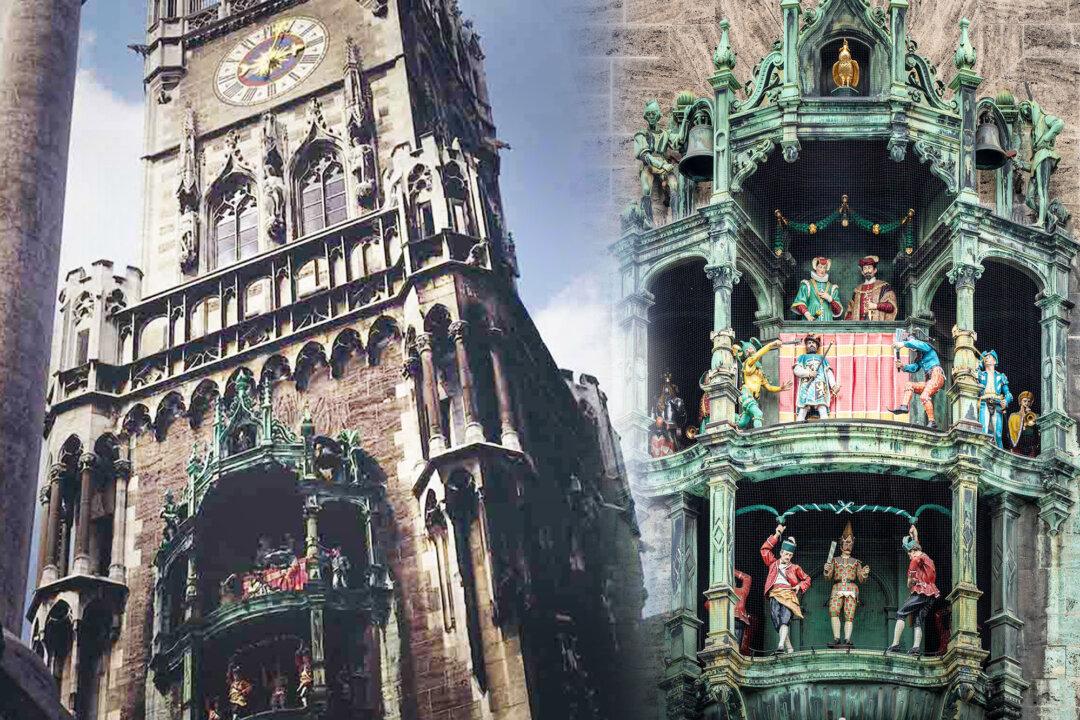The wonderful echoes of bells in town square at noon cause the flavor of the schnitzel to taste just right—a Munich Glockenspiel operator would say.
A few bells broken or missing, or whose sound is askew due to winter cold exposure or the Bavarian summer heat, might not bother the locals let alone the many tourists; but the operators of this 10-story cuckoo clock are deeply in tune with its inner workings. To hear it meet either of its two daily appointments slightly out of tune, to them, is unsettling.






